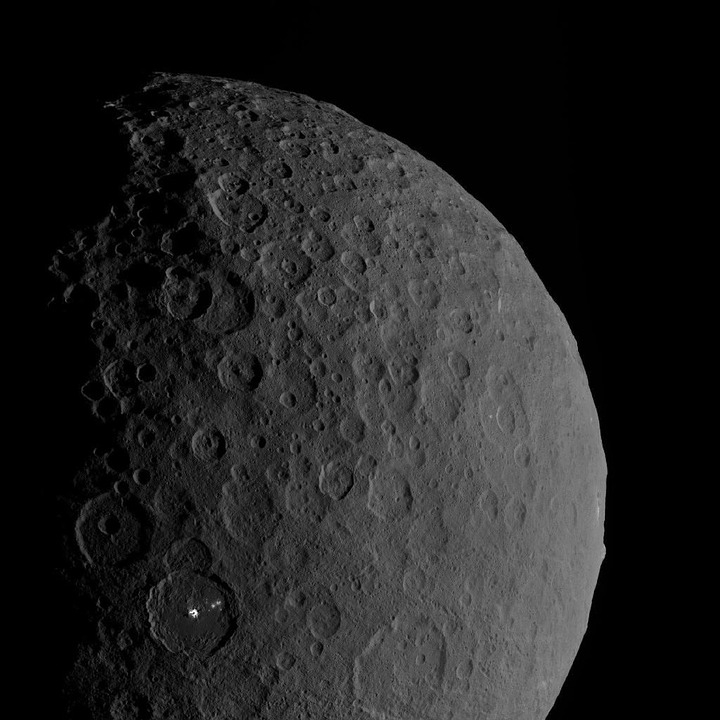Asteroids often pass by Earth throughout their journey through space. NASA has revealed that it is anticipating the arrival of one particular asteroid this week that measures 37 meters in diameter.
Express reports the asteroid known as 2020 PT4 will be approaching Earth and the Moon this week, making its arrival on September 8. NASA has described the asteroid as on a near-approach trajectory. 2020 PT4 is traveling through space at the moment at a rate of 12.6 kilometers per second or 45,360 kilometers per hour. 2020 PT4 also measures around 37 meters in diameter, equivalent to two 18-wheeler trucks in length.
Described as a Near-Earth Object or NEO, NASA has assured us that 2020 PT4 does not pose a threat as it will only get as close as 1,883,153 kilometers away. Should this asteroid collide with Earth, then it would most likely be similar to the 2013 Chelyabinsk incident. Nevertheless, the closest 2020 PT4 will be from us is still extremely far in human terms, but it is close enough for astronomers to notice in the skies.
However, knowing that asteroids can get close to Earth means space agencies need to be on the lookout for potentially hazardous rocks. Fortunately, space agencies are studying possible methods of defending Earth against these potentially hazardous asteroids orbiting space, such as deflecting asteroids with the use of another rock.
Aside from 2020 PT4, NASA was previously monitoring the activity exhibited by another asteroid that went towards Earth over the weekend. The agency was keeping tabs on a space rock referred to as 2020 RC that measures around 120 to 270 meters in diameter and around 394 to 886 feet in height. This would be equivalent to twice the size of the Great Pyramid of Giza in Egypt.
This asteroid was classified by NASA as a Near-Earth Object or NEO but thankfully did not pose a threat to Earth when it passed by. During 2020 RC’s approach to Earth, it got as close as 0.03286 astronomical units. This is equivalent to 4,915,786.31 kilometers away from Earth, making it extremely far for us humans but close enough to be seen.



 Black hole, neutron star or something new? We discovered an object that defies explanation
Black hole, neutron star or something new? We discovered an object that defies explanation  What is minoxidil, the anti-balding hair growth treatment? Here’s what the science says
What is minoxidil, the anti-balding hair growth treatment? Here’s what the science says  Alpha, beta, theta: what are brain states and brain waves? And can we control them?
Alpha, beta, theta: what are brain states and brain waves? And can we control them?  Six space missions to look forward to in 2024
Six space missions to look forward to in 2024  Could a telescope ever see the beginning of time? An astronomer explains
Could a telescope ever see the beginning of time? An astronomer explains  Customizing mRNA is easy, and that's what makes it the next frontier for personalized medicine − a molecular biologist explains
Customizing mRNA is easy, and that's what makes it the next frontier for personalized medicine − a molecular biologist explains  If life exists on Jupiter’s moon Europa, scientists might soon be able to detect it
If life exists on Jupiter’s moon Europa, scientists might soon be able to detect it  The rising flood of space junk is a risk to us on Earth – and governments are on the hook
The rising flood of space junk is a risk to us on Earth – and governments are on the hook  Larger and more frequent solar storms will make for potential disruptions and spectacular auroras on Earth
Larger and more frequent solar storms will make for potential disruptions and spectacular auroras on Earth  The brain is the most complicated object in the universe. This is the story of scientists’ quest to decode it – and read people’s minds
The brain is the most complicated object in the universe. This is the story of scientists’ quest to decode it – and read people’s minds  Spacesuits need a major upgrade for the next phase of exploration
Spacesuits need a major upgrade for the next phase of exploration  Synthetic human embryos let researchers study early development while sidestepping ethical and logistical hurdles
Synthetic human embryos let researchers study early development while sidestepping ethical and logistical hurdles  The mystery of consciousness shows there may be a limit to what science alone can achieve
The mystery of consciousness shows there may be a limit to what science alone can achieve  Orbital resonance − the striking gravitational dance done by planets with aligning orbits
Orbital resonance − the striking gravitational dance done by planets with aligning orbits  Our survey of the sky is uncovering the secrets of how planets are born
Our survey of the sky is uncovering the secrets of how planets are born 































